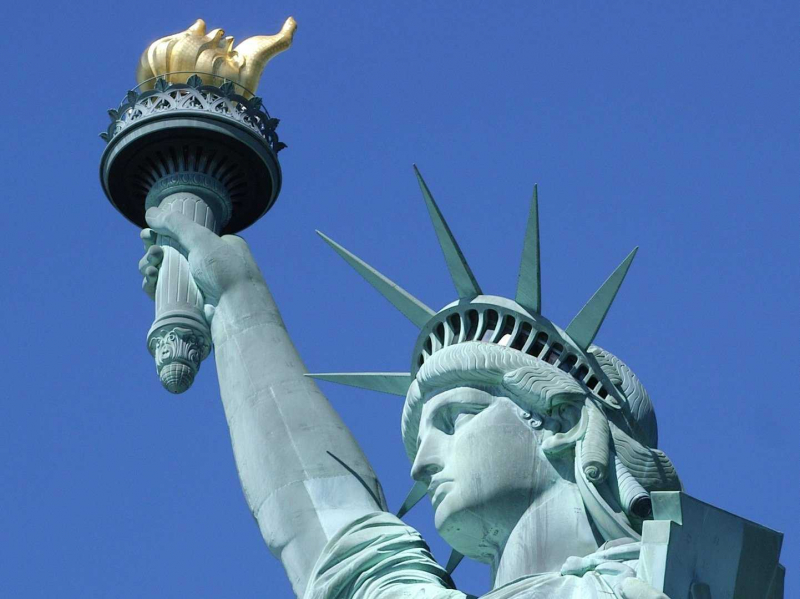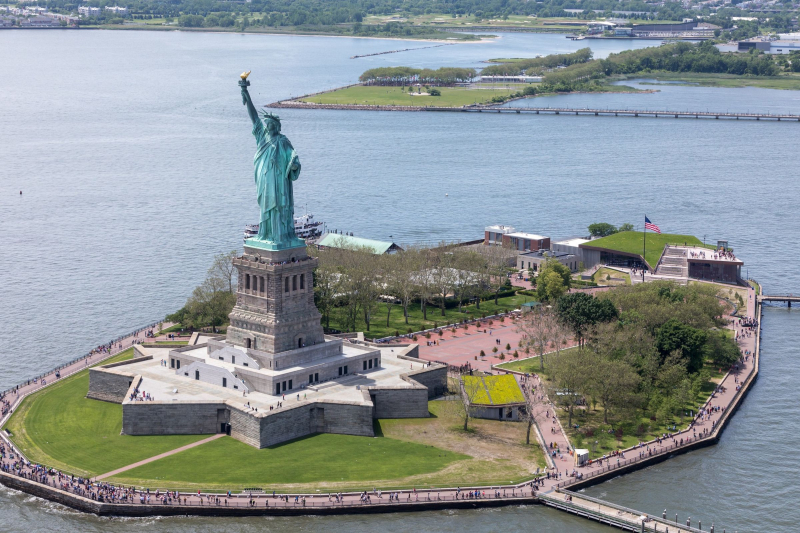France Gave the United States the Statue of Liberty in 1886
The Statue of Liberty's gift from France to the United States was first planned in the 1860s with the goal of honoring America's centennial in 1876. A French judge and author named Edouard Rene Laboulaye suggested giving the statue to the United States as a gift in 1865. The monument had significant structural issues with both its copper coating and frame, so it wasn't raised in Paris until 1884. For a brief time, it towered over the city before being disassembled and transported to New York in almost 300 pieces aboard the frigate Isère. While the pedestal was being built, it was kept there.
France used a lottery and charitable events to raise money for the statue. Money for the pedestal was harder to come by in the US. It took Joseph Pulitzer and his New York World a lot of work to raise the money, with the help of cash from prize fights, charity events, and individual gifts. The statue finally started to rise on its plinth and face New York Harbor in 1886. A broken shackle beneath Liberty's foot in Frèdèric-Auguste Garibaldi's final sketch denotes the abolition of slavery in the United States. The Statue, which has a raised torch, was constructed on a frame created by Gustav Eiffel, who also built Paris's Eiffel Tower.
President Grover Cleveland presided over the ceremonies for the dedication of the Statue of Liberty, then known as the New Colossus, in October 1886, which was attended by representatives from France and the United States. Over the years, the statue has undergone numerous alterations and reconstructions, including the 1980s replacement of the majority of Garibaldi's torch with a replica. It is undoubtedly the most recognizable and possibly the most well-known of all presents given from one country to another.












